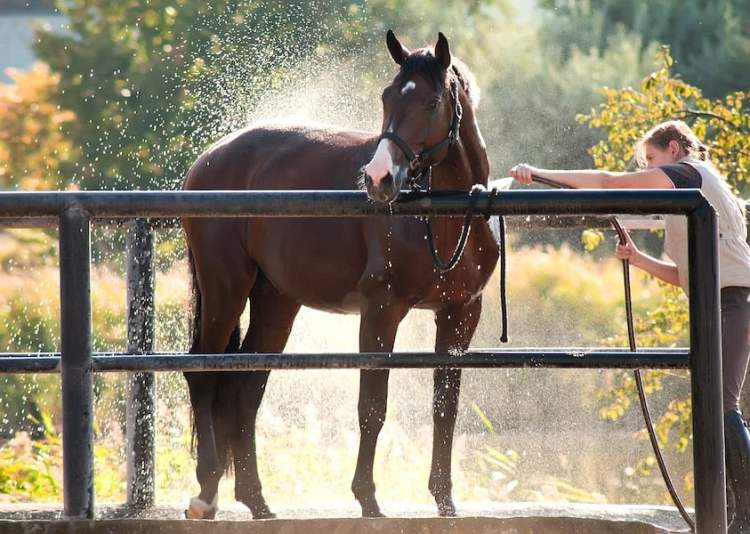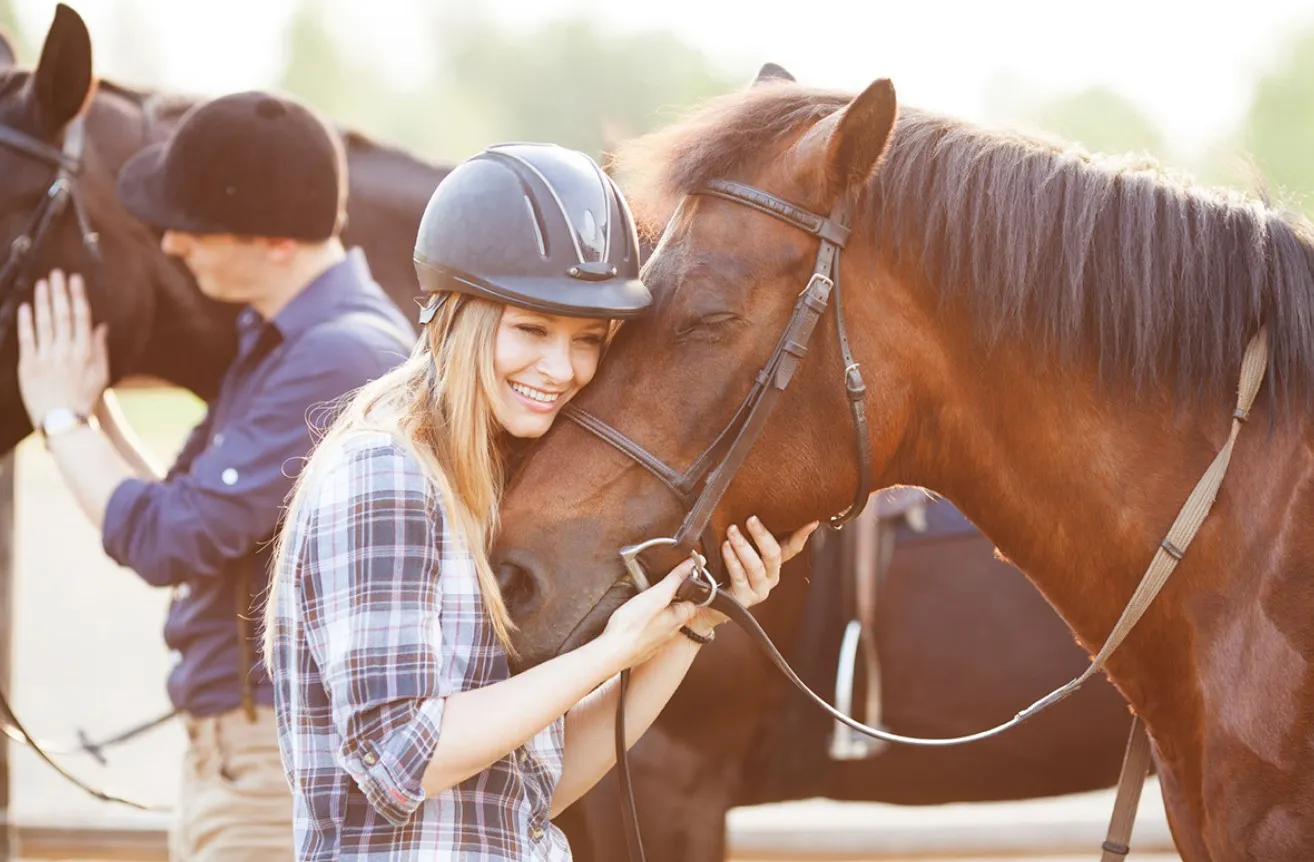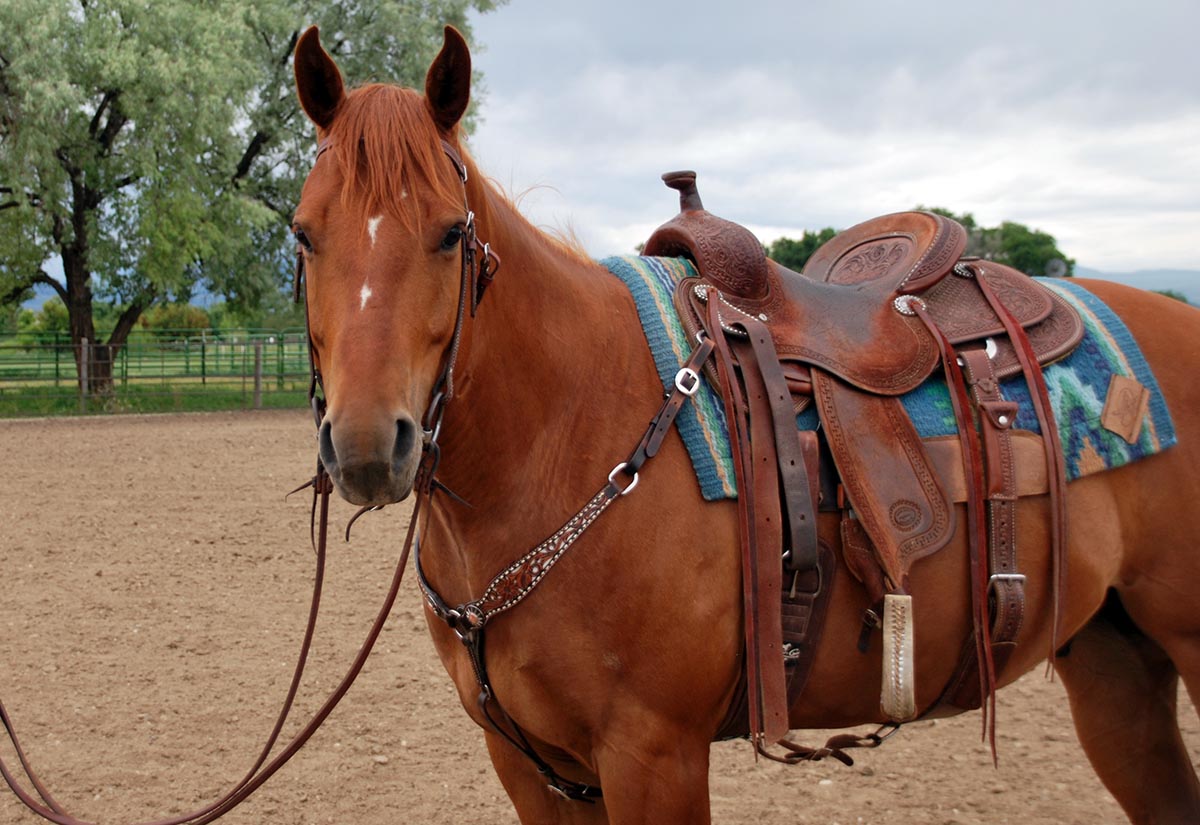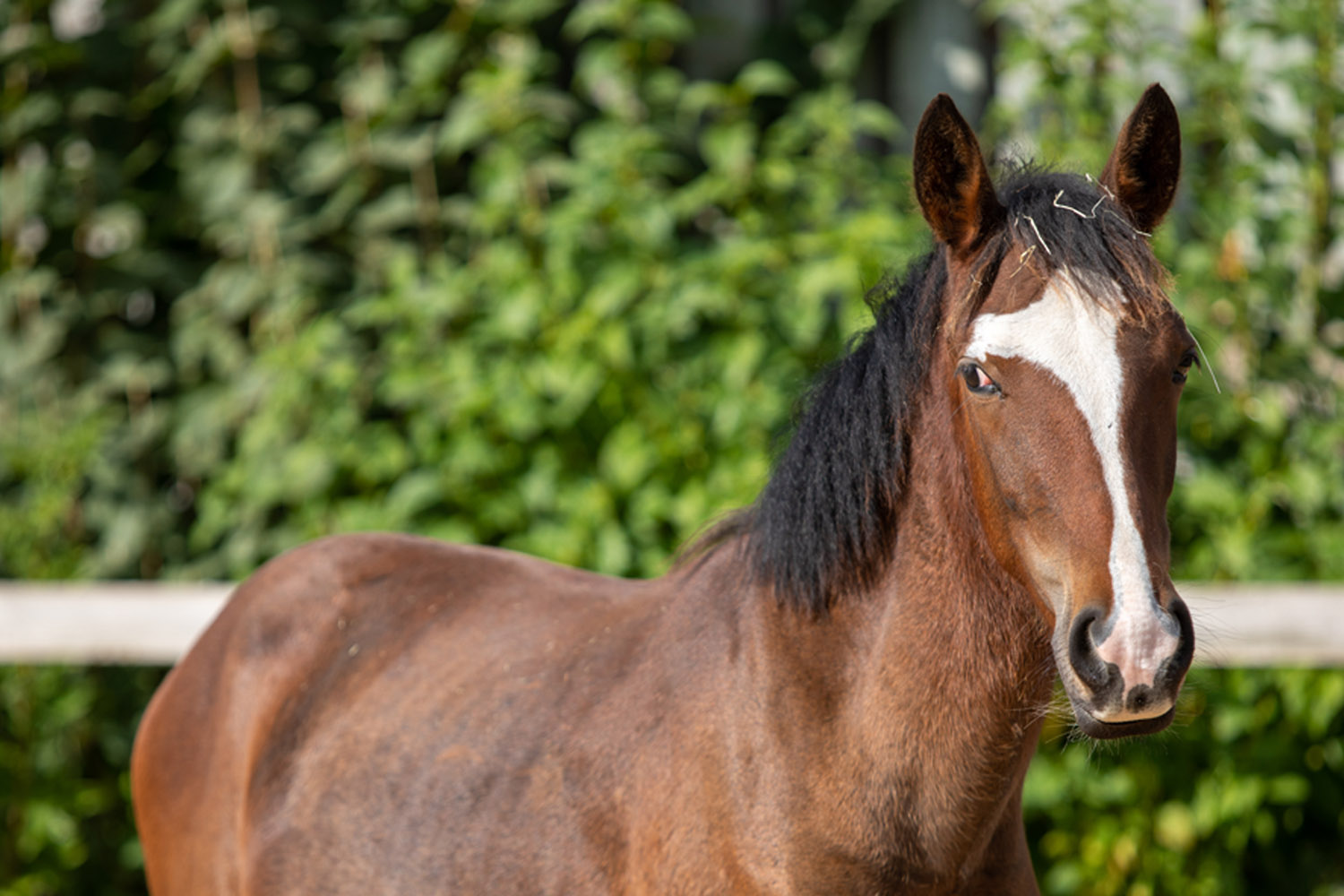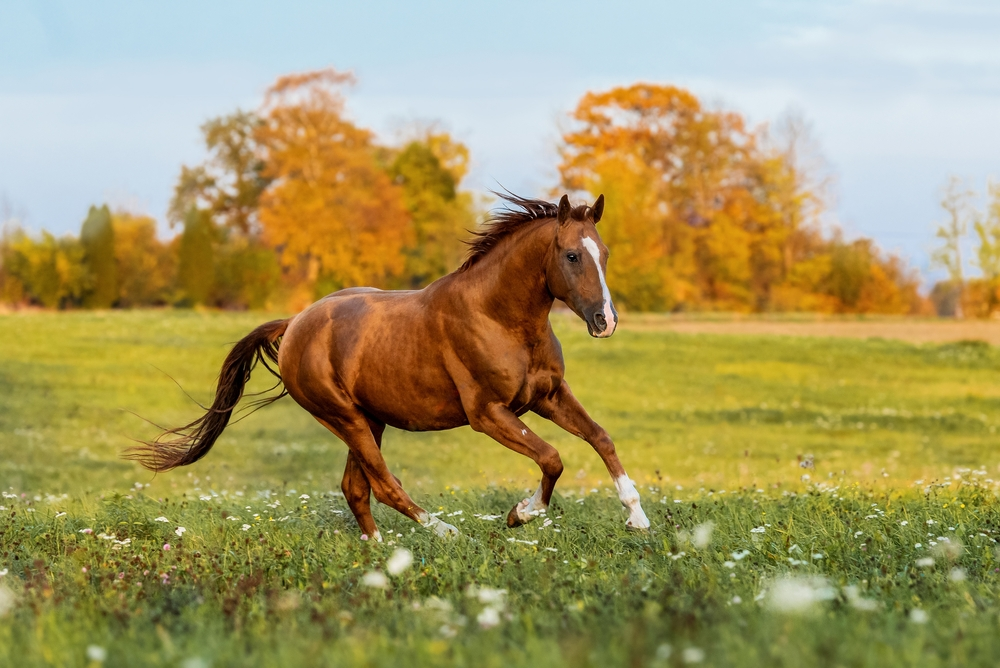Caring for a horse involves numerous aspects, but one of the most essential tasks is maintaining their cleanliness. Shampooing horses is a key part of their grooming routine, yet many horse owners make several common mistakes. Understanding these mistakes is crucial for ensuring your horse’s health and well-being. This article will delve into these errors to help you improve your horse grooming skills.

1. Using Human Shampoo on Horses
One of the most frequent mistakes when shampooing horses is using human shampoo. Human skin has a different pH level compared to horses, which means that using human products can lead to skin irritations or allergies in horses. It’s important to use a shampoo specifically designed for horses. You can learn more about the right products in this guide.
2. Not Diluting the Shampoo
Another common error is applying shampoo directly to the horse’s coat without dilution. Horse shampoos are concentrated and need to be diluted in water to ensure proper cleaning and to prevent skin irritation. For the best results, check this article on how to dilute shampoo correctly.
3. Neglecting to Wet the Horse Thoroughly
Before applying any shampoo, it’s vital to wet the horse thoroughly. This step is often rushed or neglected, but it helps in loosening dirt and debris from the coat. A well-wet coat allows the shampoo to spread evenly and reach the skin for effective cleaning.
4. Applying Too Much Shampoo
Using an excessive amount of shampoo can be harmful. It creates too much lather, making it difficult to rinse out completely, which can lead to residue buildup on the horse’s skin. This can cause discomfort or skin issues. Always follow the instructions on the shampoo bottle for the correct amount to use.
5. Rinsing Inadequately
Rinsing is a crucial step in horse washing that many people do not perform adequately. Any leftover shampoo can irritate the horse’s skin, causing itching or even rashes. Ensure that you rinse your horse thoroughly until the water runs clear. For more tips, read this article.
6. Ignoring Tail and Mane Care
The mane and tail are often overlooked during the shampooing process. These areas require extra attention as they can become tangled or matted. Using a conditioner after shampooing can help maintain the mane and tail’s softness and manageability. Learn more about proper mane and tail care in this guide.
7. Shampooing Too Frequently
While keeping your horse clean is important, shampooing too often can strip away natural oils from their coat, leading to dryness and irritation. It’s best to limit shampooing to when it’s really necessary, such as after heavy exercise or if the horse is particularly dirty.
8. Using Cold Water
Using cold water to wash your horse can be uncomfortable for them. Always use lukewarm water to ensure your horse is comfortable throughout the process.
9. Not Considering the Weather
Weather conditions play a significant role in horse bathing. Avoid washing your horse in cold weather to prevent them from catching a chill. Plan your bathing sessions on warm, sunny days to facilitate quick drying.
10. Failing to Dry Properly
Proper drying is as important as washing. Use a sweat scraper to remove excess water and then towel dry your horse. Leaving a horse wet can lead to chills or skin issues.
11. Not Monitoring for Skin Reactions
After shampooing, keep an eye on your horse for any signs of skin reactions. If you notice any irritation or unusual behavior, consult a veterinarian for advice.
12. Overlooking the Importance of a Pre-Bath Groom
Grooming your horse before a bath is essential to remove loose dirt and hair. This step makes shampooing more effective and prevents dirt from embedding deeper into the coat.
13. Skipping Regular Grooming Sessions
Regular grooming in between shampooing sessions helps maintain a clean coat and reduces the frequency of baths needed. It’s a good practice to keep your horse’s coat healthy and shiny.
14. Incorrectly Storing Shampoo
Ensure that you store your horse’s shampoo in a cool, dry place. Incorrect storage can lead to the deterioration of the product, affecting its effectiveness.
15. Following Poor Advice
Always seek advice from reliable sources or professionals when it comes to horse care. Misinformation can lead to poor grooming practices and affect your horse’s health. For more on this topic, check out this article.

FAQs
1. How often should I shampoo my horse?
It’s best to shampoo your horse only when necessary, such as after heavy exercise or if they are particularly dirty. Over-shampooing can strip their coat of natural oils.
2. Can I use dog shampoo on my horse?
No, it’s not recommended as dog shampoos can have different pH levels and ingredients that may not be suitable for horses.
3. What should I do if my horse has a skin reaction?
If you notice any irritation or unusual behavior after shampooing, consult a veterinarian for advice.
This article contains affiliate links. We may earn a commission at no extra cost to you.


